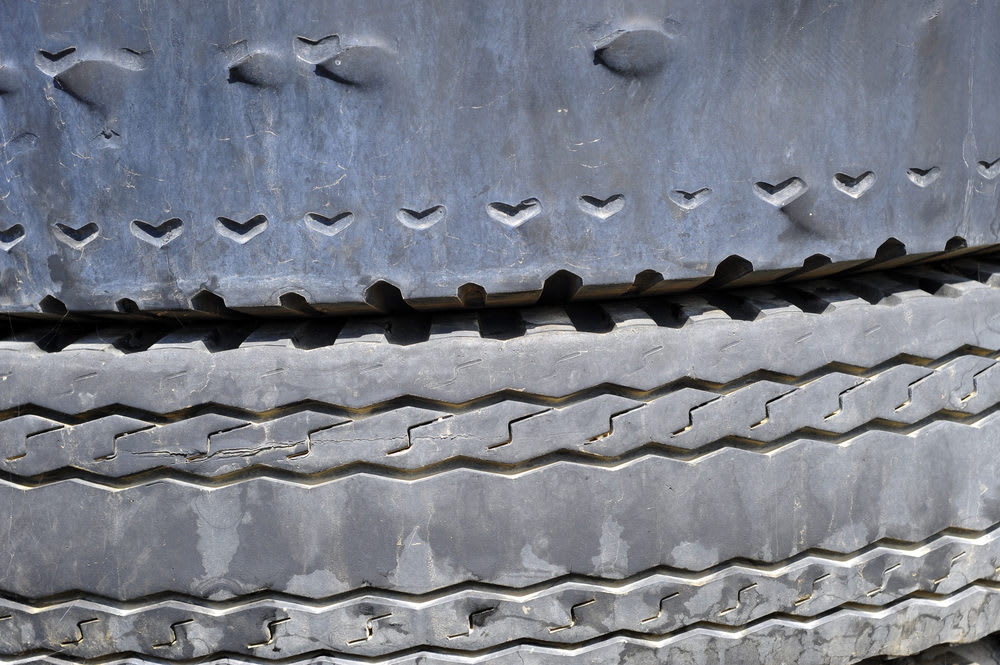

Your tires keep you firmly planted on the road. They help ensure your safety when driving in rainy, snowy, hot, or sunny conditions. When your tires are worn, you don’t have the same traction as when they were new. How do you know when it's time to have them replaced?
At what point is a tire considered worn out?
The actual measurement that indicates a tire has lived its useful life is 2/32nds of an inch. Unless you have a tread depth gauge, it’s hard to know if your tires have more than that. Here’s a test you can do yourself to check if your tires are worn out and need replacement:
Place a penny in the grooves of your tire tread with Lincoln’s head pointed down.
Check if any part of Lincoln’s head is still covered by tread.
If it is not covered at all, you have 2/32nd or less tread remaining.
Check multiple spots around the tires. If any spot doesn’t cover part of Lincoln’s head, replace the tires on your car.
Other reasons your tires should be replaced
Your tires may not be worn out, but there are other problems that may require their replacement, such as:
Weathering is a major factor for your tires. They are constantly exposed to the elements, both heat and cold, including ice, snow, and water. Rubber is a natural material and does break down. Common signs of weathering are fine cracks in the sidewall and cracks in between tread blocks in the tire tread. Anytime there are cracks in your tire that expose the underlying metal or fabric cords, your tires should be replaced immediately.
Bulging occurs in a tire most commonly by impact. It can happen when hitting a curb or a pothole, and can also occur from a manufacturing defect. A bulge happens when air gets between the inner liner of the tire and the outer layers of fabric or rubber, and an air pocket forms at that weakened spot. Because it is weakened, a tire with a bulge should be replaced as soon as possible.
Vibration is a symptom that can occur in many instances of tire problems from tire balancing issues to an out-of-round problem. One tire problem that can cause a vibration is when the belts or cords in a tire separate, causing the tire to become misshapen. A separated tire is usually not visible to the naked eye, but when put on a tire balancing machine, it is quite noticeable. The driving feel with a separated tire is often described as "lumpy" at low speeds and becomes a high frequency vibration at highway speeds. A separated tire needs to be replaced.
Leaking tires may need to be replaced in some situations. A hole or puncture in the tire tread can be patched in many cases, however, a hole in the sidewall of the tire cannot be repaired safely and repair not permitted by the Department of Transportation. If a hole in your tire is too close to the sidewall or is too large to be patched, you will need to replace the tire.
Warning: If you ever see metal or fabric cords exposed from the sidewall or tread of your tires, replace them immediately. A tire with cords exposed is at risk of impending blowout or loss of air.
Tires should always be replaced as a set of four in all wheel drive vehicles, and as a pair or complete set in two wheel drive vehicles, whether front or rear wheel drive. It is best to ensure all four tires have equal amounts of tread remaining.



